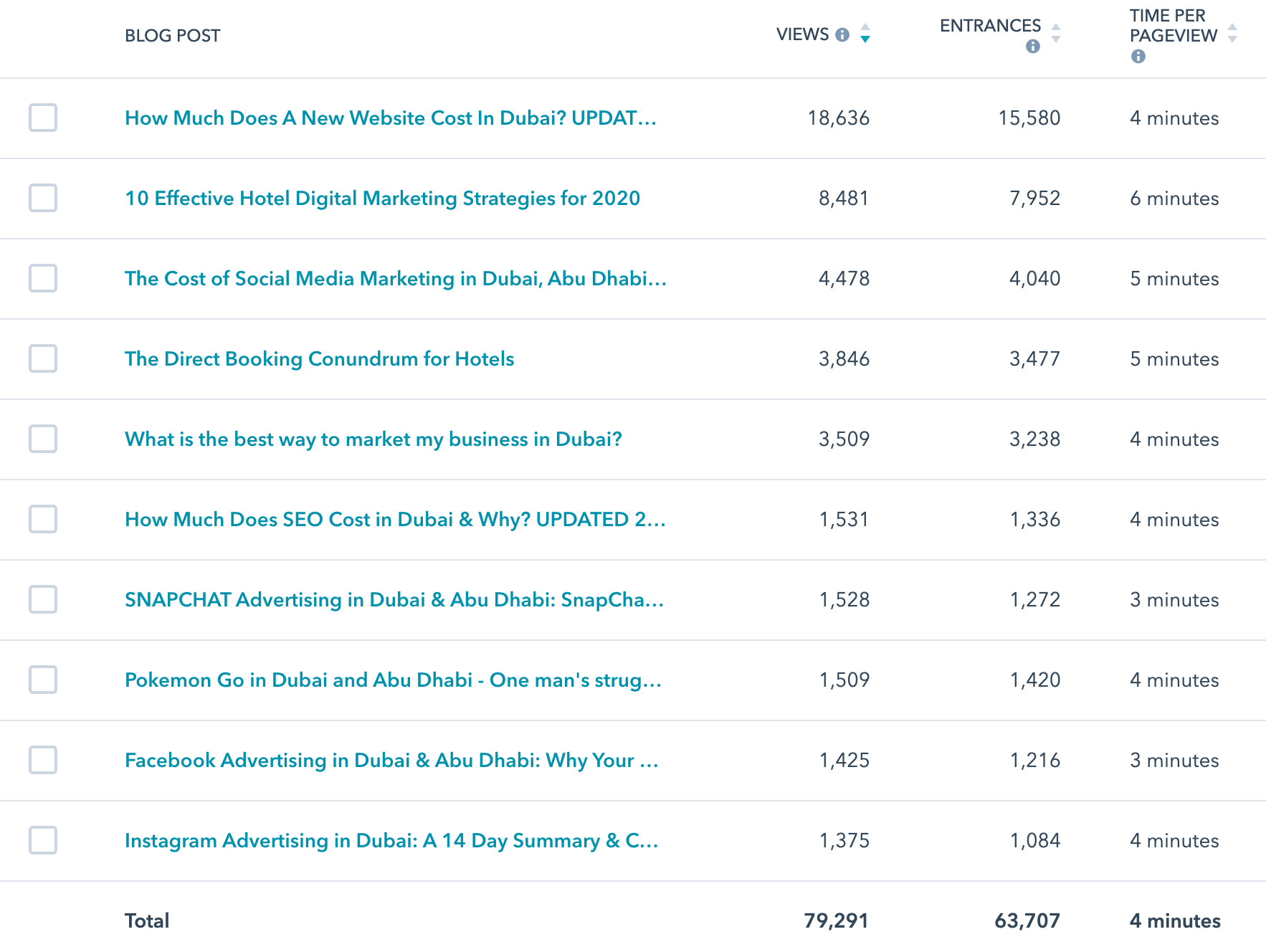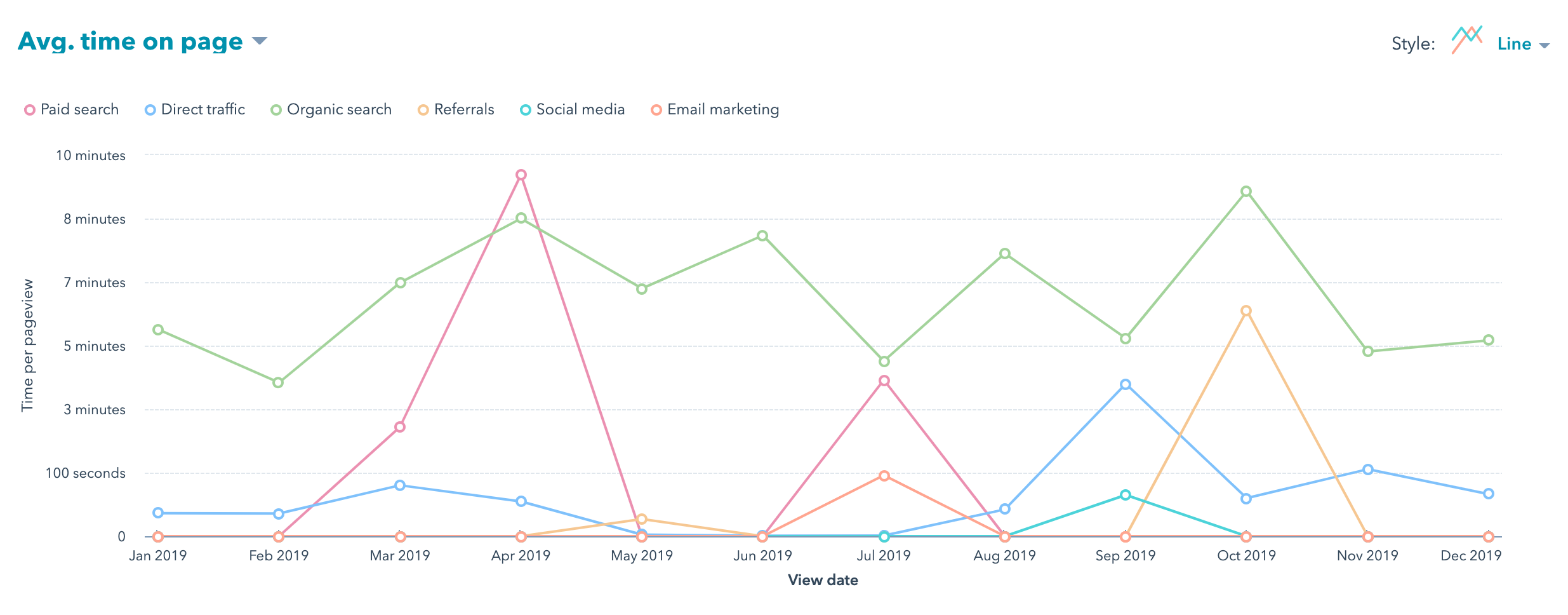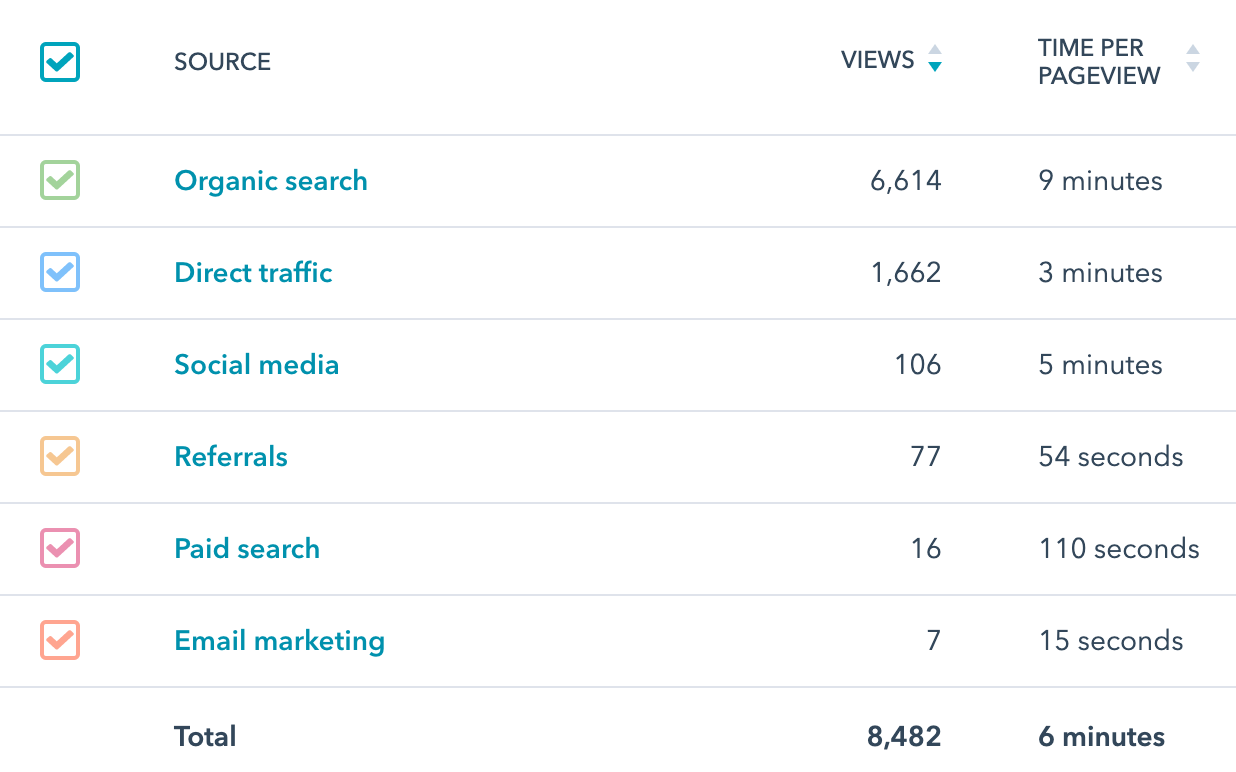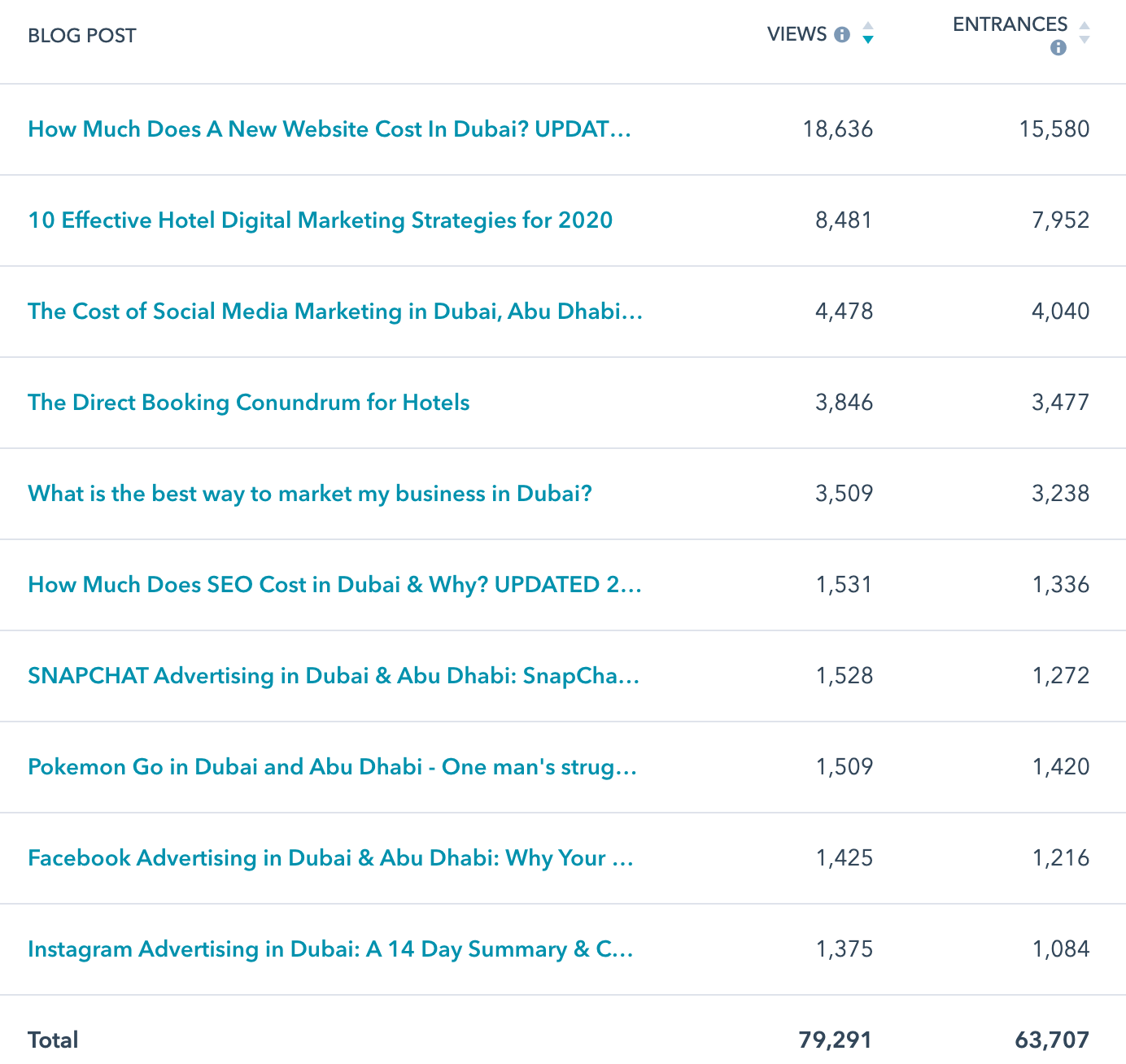"Nobody reads anything online anymore; they all watch videos instead".
I've heard it at industry events and conferences. I've also heard it during meetings and sales pitches. But just because I constantly keep hearing this, is it actually true?
There's no doubt that fast internet speed and the ability to easily create videos via mobile devices and software tools makes the internet a good host for this type of content. Social media algorithms also seemingly provide preference to this form of rich media but is it really the case that today's internet users aren't interested in reading long form written content? Have blog articles, e-books and white-papers become redundant?
Or is this just a misconception or misunderstanding of reality?
Opinion or Data?
I became interested in this topic after analyzing data related to our website's blog posts at Nexa. As a growth-focused agency, we create a vast amount of content for our clients and for many, this includes a combination of long-form, written content such as blog articles and e-guides through to animated or explainer videos. In other words, I'm actually unbiased with regards to this debate but as we increasingly hear people argue that videos are more powerful than long-form content, I'm intrigued to know how true this really is. And to that end, I believe that data should be the deciding factor in any argument.
So let's look at the data
At Nexa, we use the HubSpot Enterprise Marketing license, which allows us to gain powerful insights related to the content we host on our website. Not only can we see how many visitors browse a page on our website, but we can also see exactly how much time they spend and track any actions taken by the visitor while on the page.
Here's our blog dashboard, which highlights the 10 most viewed articles and the analytics for the last 12 months:

It's important to use high data volumes so that information isn't skewed by rogue individual actions (eg a browser tab being unintentionally kept open for a long period of time). The total data volume in the table above, consists of 79,291 page views across our articles, which represents a solid data foundation with the average time spent viewing our top 10 article pages being 4 minutes.
According to an article by the Nielsen Norman Group, the average time spent on a web page is between 10 and 20 seconds. Based on this, the 4 minute average time highlighted on Nexa's blog dashboard suggests a higher-than-average level of engagement for our articles. But let's look at this on a deeper level. If we take our most visited article in more detail we can see the impact on time spent per visit (TSPV) fluctuates dependent on the traffic source of a visit:

Perhaps unsurprisingly, traffic originating from Organic searches from Google or Bing has a higher TSPV than any other source. The reason why we should expect this behavior is because traffic from a search engine typically originates from a specific search term or phrase. This implies that the visitor is in research mode, has found the article listed on a search engine results page and then invests time digesting the content to help educate themselves on the topic.
We can also look at this data further:

Over the 12 month period that we're analyzing, it's clear to see how Organic traffic consistently provides a much higher TSPV, outperforming other traffic sources.
Let's check if the data above is consistent with another article. The 2nd most viewed article in the table has received 8,481 in the last 12 months with an average TSPV of 6 mins. Again, let's look at this in more detail:

It's clear to see that Organic traffic is not only the key driver of traffic to the page but also provides the most engaged audience with 9 minutes spent on average, by each visitor to the page. Interestingly, social media also provides high engagement with average TSPV of 5 minutes. Given that most social channels provide a scrollable interface designed to allow users to absorb information quickly, 5 minutes per visit certainly represents a higher than expected level of engagement from this source.

Over the same 12 month period, organic traffic consistently provides the most engaged audience. However, the variances between the peaks and troughs of the average TSPV seem more extreme than the previous article, which provokes further questioning (in a future blog post perhaps!).
What does this tell us?
The objective of this article isn't to compare the engagement of long-form written content compared to shorter video content but simply to assess whether long-form content still has validity from a marketing perspective today. The data above clearly highlights the important role of long-form content at the top of funnel research and self-education stage. Studies have shown that most decision makers begin purchasing processes by researching and that the average purchaser conducts a minimum of 70% of their research before speaking to a sales person or completing an online form.
It's clear that long-form content generates organic, cost-free and highly-qualified traffic, given the average engagement time on each page. This suggests that the creation of (and hosting of) content such as blog articles is a highly-effective search engine optimization (SEO) tactic too.
The SEO Impact of Blog Articles
It would be remiss of me not to detail the impact of blog articles on SEO within this article. So, let's look at those numbers again:

Of the 79,291 page views, 63,707 were entrances to our website - in other words, these pages were the first page that a visitor landed on with the majority arriving from an organic Google search. It's important to note that businesses like ours (B2B focused service providers), rely on website traffic for lead generation and business growth. This means that if we didn't have quality content within our blog and had to replace the free-of-cost organic website visits originating from this, we would need to pay for 63,707 clicks as a possible like for like replacement.
If we were to use Google Adwords for this traffic, the average cost per click in our industry ranges from $4 - $6. In very simple terms (at $4 per click), driving 63,707 visitors to our website would cost us $254,828. Spread over 12 months, this would equate to $21,235 per month.
But the challenge is this. The table above show that the most engaged traffic on our blog article pages are from organic search. In fact, Paid Search engagement is substantially lower with the average TSPV up to 40% lower than a free organic click. So not only is organic traffic free, but also provides better audience quality. In other words, those visiting your website from organic search are more likely to become a customer.
If you, like many marketers and business owners, are struggling to place a value on your blog and articles, think about quantifying value in terms of replacement traffic cost and lost opportunities. In addition, if your business (like ours), likes to create thought-leadership content, the lack of this type of content on your website can create huge-missed opportunities when it comes to building trust and gaining credibility with your audience.
Other considerations
While the data highlights the importance of long-form, written content such as blog articles as a traffic driver and education vehicle, there may be some merit in using videos for those visitors who have a preference for this type of content. Most web pages provide enough structural flexibility to allow you to place videos within long-form articles. This option allows you to engage your audiences even further, while providing an alternative option for visitors to consume proprietary content.
Looking to create more engaging content for your website to support lead generation and business growth? Complete the form on this page and one of our consultants will contact you shortly.
%20(1).png?width=2701&height=607&name=BRC_NEXA_LOGO_WHITE%20(2)%20(1).png)